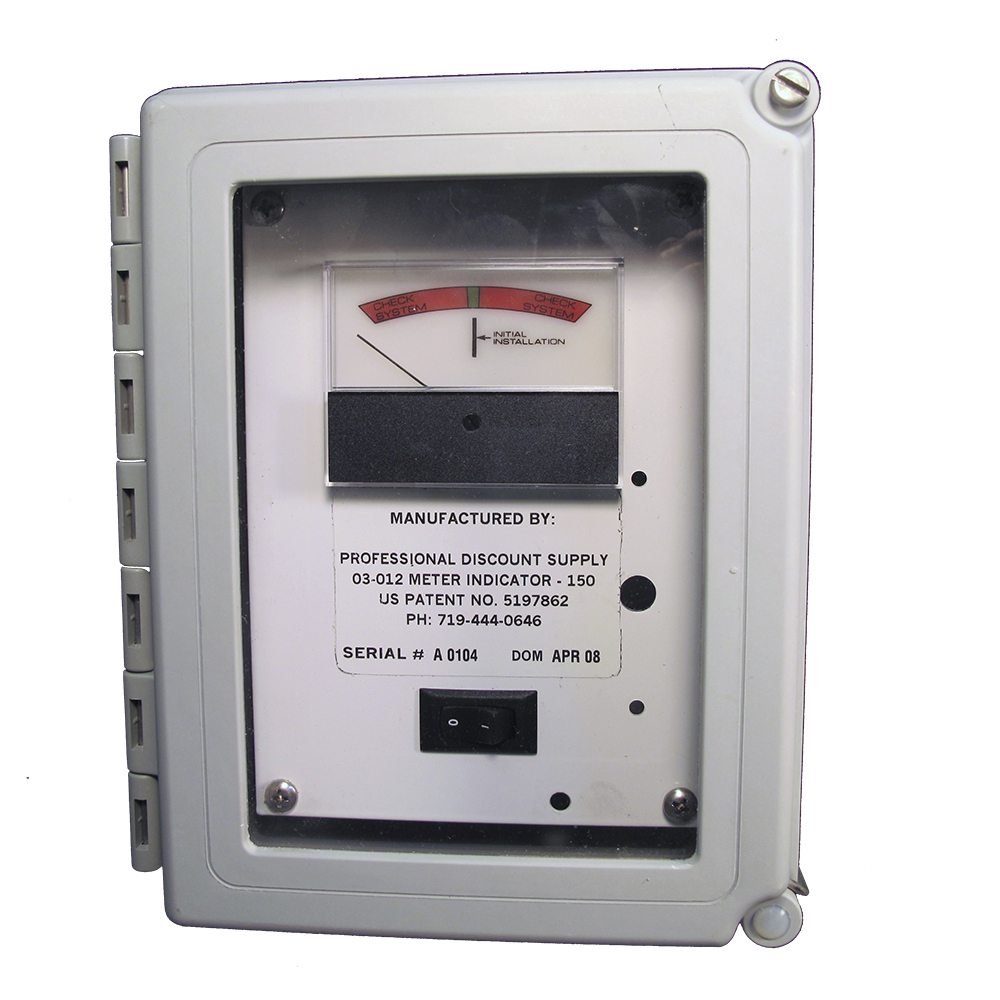Buying a residence with radon. What you should recognize.
A radon test includes putting a test package in the most affordable lived-in level of a residence at the very least 20 inches over the flooring as well as far from outside walls, high warmth, as well as high moisture. Nevertheless, you need to be concerned when the radon degree in your home registers 4 pCi/L (picocuries per liter of air), professionals say. The typical expense for an ASD radon mitigation system in Minnesota is $1500. These costs are extremely based on the type of home as well as age of construction. Monitoring of radon how much to fix radon service provider accreditation has progressed since being introduced by the EPA in 1986.
Is a radon level of 5 bad?
EPA RECOMMENDS: If you are buying or selling a home, have it tested for radon. For a new home, ask if radon-resistant construction features were used and if the home has been tested. Fix the home if the radon level is 4 picocuries per liter (pCi/L) or higher.
Examine HomeLight's overview to realty disclosure regulations across the country to get more information regarding what your state calls for. A professional radon gas assessment, that includes a test, averages in between $150 and $300, relying on your home's dimension. Anticipate to pay $90 to $250 on top of the house assessment cost if packed right into the expense of a typical home evaluation.
Radon can not be seen, smelled, felt, or otherwise discovered, aside from with an examination. That's why, according to the EPA, the only means to know without a doubt if you have a radon problem is to examination. Radon is a colorless, odor free, contaminated dirt gas generated by the degeneration of uranium in the dirt. Radon is a health hazard and the second-leading cause of lung cancer in the USA.
- In addition, the present occupants-- not just the purchaser's occupants-- will profit of reduced risk.
- Over slab air pressure differential barrier innovation (ASAPDB) needs that the interior pressure envelope, usually drywall, along with all ductwork for a/c systems, be made as airtight as feasible.
- Provide us a call or request a quote for radon repair work solution.
In the 1990s this solution was "privatized" and the National Environmental Health Organization (NEHA) helped shift the voluntary National Radon Proficiency Program (NRPP) https://www.4shared.com to be provided by private firms. As of 2012 [update], the NRPP is administered by the American Organization of Radon Technologists as well as researchers (AARST). Retesting is specifically advised in several situations. Dimensions in between 4 as well as 10 pCi/L (148 and also 370 Bq/m3) necessitate a follow-up short-term or long-lasting radon examination prior to mitigation. Measurements over 10 pCi/L (370 Bq/m3) warrant just one more short-term examination (not a long-term examination) to make sure that abatement actions are not unduly postponed.
Do radon mitigation systems really work?

The Surgeon General and the EPA recommend testing for radon and reducing radon in homes that have high levels. Fix your home if your radon level is confirmed to be 4 picocuries per liter (pCi/L) or higher. Radon reduction systems work. Some radon reduction systems can reduce radon levels in your home by up to 99%.
Points to learn about the radon examination results.
How bad is a radon level of 10?
Stack effect. The difference in pressure is higher when the difference between indoor and outdoor temperatures is greater. This means that it's at its highest in winter time (next highest in summer), thus contributing to increased radon levels in winter.
If you do not have the moment or the finances to cover radon mitigation, you can place purchasers at ease by providing some sort of credit report to make sure that they can correct the trouble. Thomas says he's done this sometimes, both in regards to using buyers a credit report at closing expenses to install a mitigation system, or in having purchasers and vendor split the price. Radon can affect your home's worth, radon installation cost relying on the level present and what you've done to mitigate it. Some state laws, such as the Illinois Radon Recognition Act and the Illinois Real Property Disclosure Act, specify not just customer understanding but licensing for radon screening and reduction professionals.

